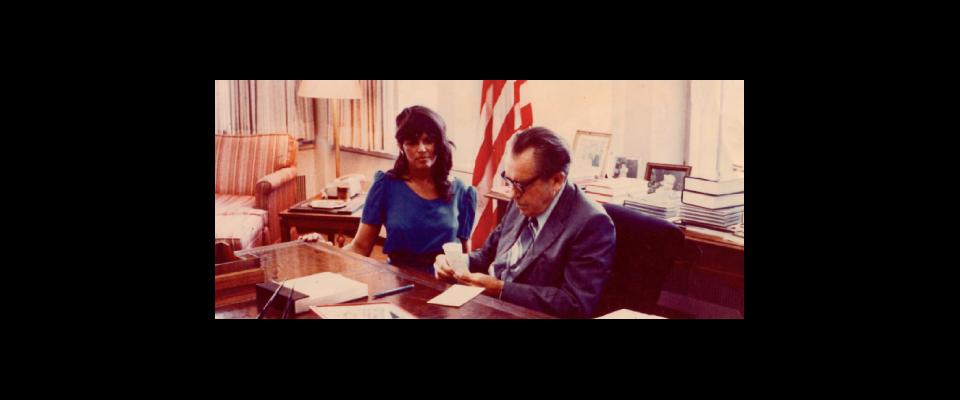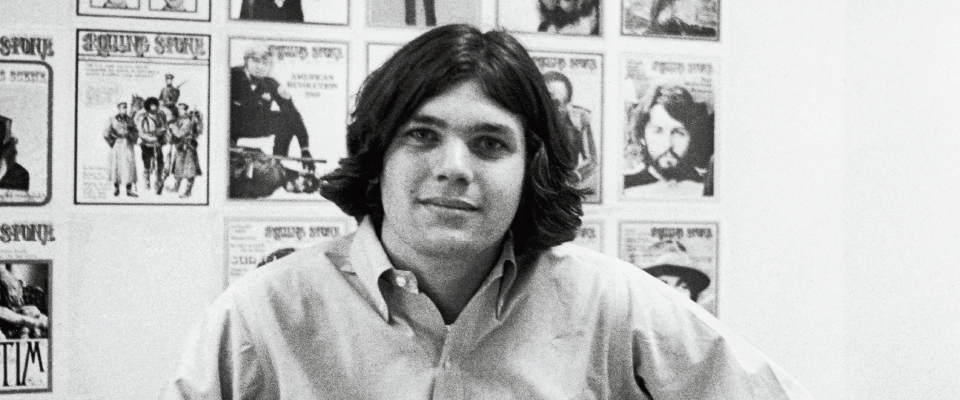In April, Jerelle Kraus visited Berkeley to promote her new book, an insider’s look at The New York Times Op-Ed pages called All the Art That’s Fit to Print (And Some That Wasn’t). Kraus, M.A. ’69, served as art director of the section for 13 years. Prior to that, she did stints at Time magazine in New York and at Francis Ford Coppola’s City magazine in San Francisco. But she got her start at Ramparts in 1970.
“I had five editors,” Kraus recalled, laughing, as she ticked them off on her fingers, “a Maoist, a Leninist, a Trotskyite … all the leftist brands.” Not that she doesn’t lean to the left herself. Sitting at a local café, Kraus, a garrulous woman with a mane of thick black hair, denounced the war in Iraq and recounted the time she stood on the railroad tracks in west Berkeley to block trains carrying troops to fight in Vietnam. “We jumped off the track, of course, because the train didn’t stop. But we were serious.”
Kraus wasn’t looking for a job at Ramparts; the editors came to her. At the time, she aspired to be a painter, not a designer. “When they asked me to come and show them my portfolio, I was afraid to say that I didn’t even know what a portfolio was.” Today, she has a portfolio to rival anyone’s, highlights of which can be found in her lavishly illustrated book, alongside many firsthand accounts of the stories behind the art—like the story about when Kraus met Richard Nixon in his New York office.
The year was 1983. Nixon called her to request the original of an illustration she did of him and Brezhnev to accompany an opinion piece he wrote for the Times. When Kraus offered to deliver it in person, she was told by Nixon’s press secretary to proceed to an unmarked door at the end of a hallway at 26 Federal Plaza. As she’d been instructed, she knocked on the door three times, paused, and knocked once more. Two Secret Service agents ushered her in and Nixon emerged from the shadows to extend his hand. Kraus reports telling the former president, “You and I have two things in common. We’re both Californians, and we’re both Quakers, but I’ve remained a pacifist.” Nixon responded with a lecture on realpolitik. “In today’s world,” he told her, “pacifism is not an option.”
Despite that opening exchange, the tête-à-tête softened Kraus’s perception of the man. In her book, she writes that, “Experiencing Nixon behind his unmarked door showed me there was a human creature beneath the ogre for whom I’d felt nothing but disgust.” The subject of Nixon’s op-ed piece, incidently, was détente.





















